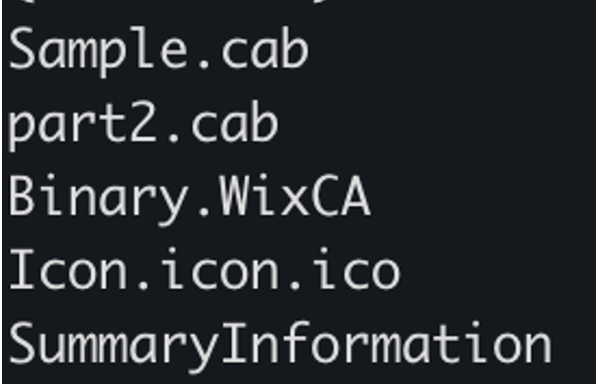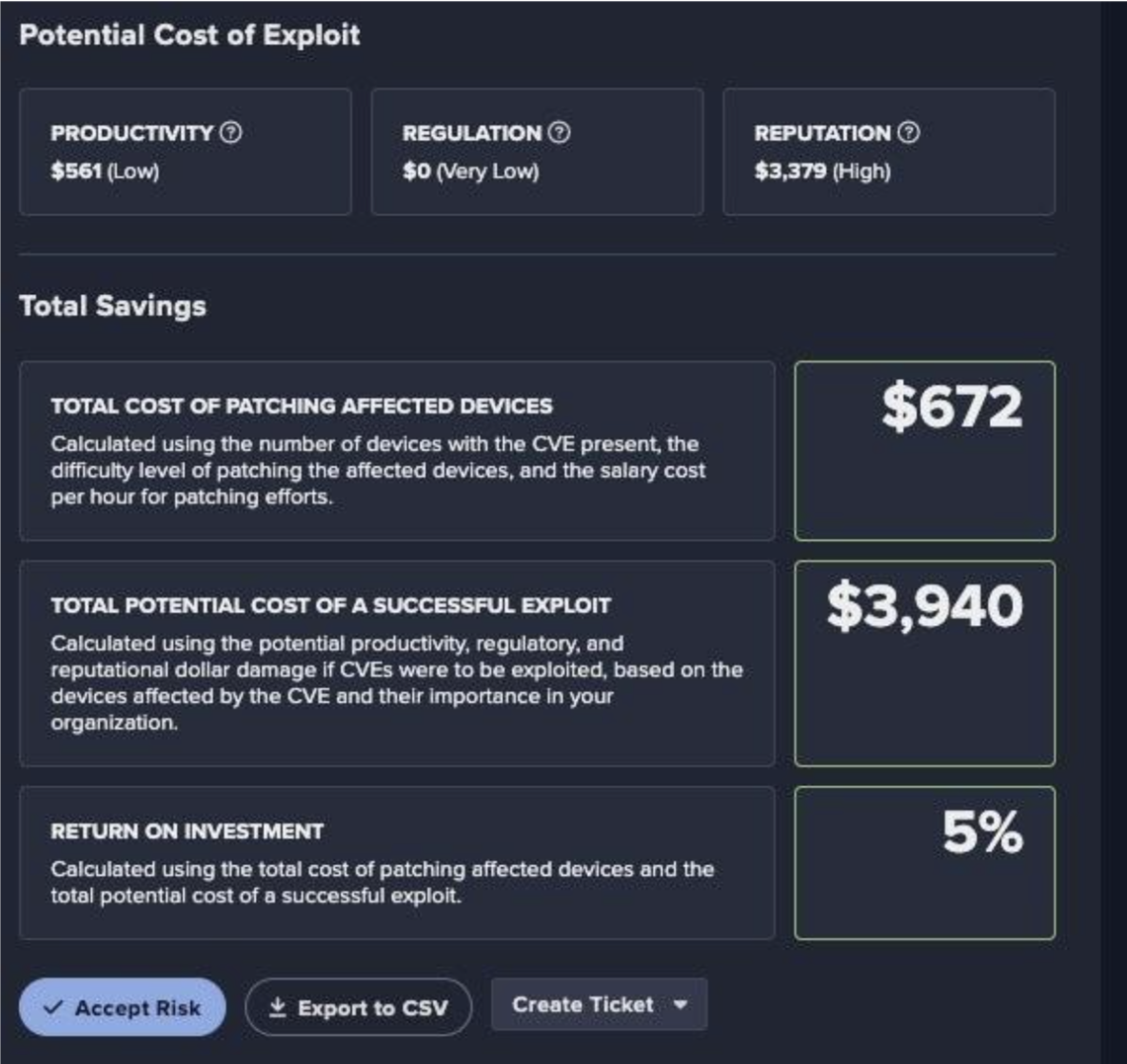Darktrace announces ISO/IEC 42001 accreditation
Darktrace is thrilled to announce that we are one of the first cybersecurity companies to achieve ISO/IEC 42001 accreditation for the responsible management of AI systems. This isn’t just a milestone for us, it’s a sign of where the AI industry is headed. ISO/IEC 42001 is quickly emerging as the global benchmark for separating vendors who truly innovate with AI from those who simply market it.
For customers, it’s more than a badge, it’s assurance that a vendor’s AI is built responsibly, governed with rigor, and backed by the expertise of real AI teams, keeping your data secure while driving meaningful innovation.
This is a critical milestone for Darktrace as we continue to strengthen our offering, mature our governance and compliance frameworks for AI management, expand our research and development capabilities, and further our commitment to the development of responsible AI.
It cements our commitment to providing secure, trustworthy and proactive cybersecurity solutions that our customers can rely on and complements our existing compliance framework, consisting of certifications for:
- ISO/IEC 27001:2022 – Information Security Management System
- ISO/IEC 27018:2019 – Protection of Personally Identifiable Information in Public Cloud Environments
- Cyber Essentials – A UK Government-backed certification scheme for cybersecurity baselines
What is ISO/IEC 42001:2023?
In response to the unique challenges that AI poses, the International Organization for Standardization (ISO) introduced the ISO/IEC 42001:2023 framework in December 2023 to help organizations providing or utilizing AI-based products or services to demonstrate responsible development and use of AI systems. To achieve the accreditation, organizations are required to establish, implement, maintain, and continually improve their Artificial Intelligence Management System (AIMS).
ISO/IEC 42001:2023 is the first of its kind, providing valuable guidance for this rapidly changing field of technology. It addresses the unique ethical and technical challenges AI poses by setting out a structured way to manage risks such as transparency, accuracy and misuse without losing opportunities. By design, it balances the benefits of innovation against the necessity of a proper governance structure.
Being certified means the organization has met the requirements of the ISO/IEC 42001 standard, is conforming to all applicable regulatory and legislative requirements, and has implemented thorough processes to address AI risks and opportunities.
What is the ISO/IEC 42001:2023 accreditation process?
Darktrace partnered with BSI over an 11-month period to undertake the accreditation. The process involved developing and implementing a comprehensive AI management system that builds on our existing certified frameworks, addresses the risks and opportunities of using and developing cutting-edge AI systems, underpins our AI objectives and policies, and meets our regulatory and legal compliance requirements.
The AI Management System, which takes in our people, processes, and products, was extensively audited by BSI against the requirements of the standard, covering all aspects spanning the design of our AI, use of AI within the organization, and our competencies, resources and HR processes. It is an in-depth process that we’re thrilled to have undertaken, making us one of the first in our industry to achieve certification for a globally recognized AI system.
The scope of Darktrace’s certification is particularly wide due to our unique Self-Learning approach to AI for cybersecurity, which uses multi-layered AI systems consisting of varied AI techniques to address distinct cybersecurity tasks. The certification encompasses production and provision of AI systems based on anomaly detection, clustering, classifiers, regressors, neural networks, proprietary and third-party large language models for proactive, detection, response and recovery cybersecurity applications. Darktrace additionally elected to adopt all Annex A controls present in the ISO/IEC 42001 standard.
What are the benefits of an AI Management System?
While AI is not a new or novel concept, the AI industry has accelerated at an unprecedented rate in the past few years, increasing operational efficiency, driving innovation, and automating cumbersome processes in the workplace.
At the same time, the data privacy, security and bias risks created by rapid innovation in AI have been well documented.
Thus, an AI Management System enables organizations to confidently establish and adhere to governance in a way that conforms to best practice, promotes adherence, and is in line with current and emerging regulatory standards.
Not only is this vital in a unique and rapidly evolving field like AI, it additionally helps organization’s balance the drive for innovation with the risks the technology can present, helping to get the best out of their AI development and usage.
What are the key components of ISO/IEC 42001?
The Standard puts an emphasis on responsible AI development and use, requiring organizations to:
- Establish and implement an AI Management System
- Commit to the responsible development of AI against established, measurable objectives
- Have in place a process to manage, monitor and adapt to risks in an effective manner
- Commit to continuous improvement of their AI Management System
The AI Standard is similar in composition to other ISO standards, such as ISO/IEC 27001:2022, which many organizations may already be familiar with. Further information as to the structure of ISO/IEC 42001 can be found in Annex A.
What it means for Darktrace’s customers
Our certification against ISO/IEC 42001 demonstrates Darktrace’s commitment to delivering industry-leading Self-Learning AI in the name of cybersecurity resilience. Our stakeholders, customers and partners can be confident that Darktrace is responsibly, ethically and securely developing its AI systems, and is managing the use of AI in our day-to-day operations in a compliant, secure and ethical manner. It means:
- You can trust our AI: We can demonstrate our AI is developed responsibly, in a transparent manner and in accordance with ethical rules. For more information and to learn about Darktrace's responsible AI in cybersecurity approach, please see here.
- Our products are backed by innovation and integrity: Darktrace drives cutting edge AI innovation with ethical governance and customer trust at its core.
- You are partnering with an organization which stays ahead of regulatory changes: In an evolving AI landscape, partnering with Darktrace helps you to stay prepared for emerging compliance and regulatory demands in your supply chain.
Achieving ISO/IEC 42001:2023 certification is not just a checkpoint for us. It represents our unwavering commitment to setting a higher standard for AI in cybersecurity. It reaffirms our leadership in building and implementing responsible AI and underscores our mission to continuously innovate and lead the way in the industry.
Why ISO/IEC 42001 matters for every AI vendor you trust
In a market where “AI” can mean anything from a true, production-grade system to a thin marketing layer, ISO/IEC 42001 acts as a critical differentiator. Vendors who have earned this certification aren’t just claiming they build responsible AI, they’ve proven it through an independent, rigorous audit of how they design, deploy, and manage their systems.
For you as a customer, that means:
You know their AI is real: Certified vendors have dedicated, skilled AI teams building and maintaining systems that meet measurable standards, not just repackaging off-the-shelf tools with an “AI” label.
Your data is safeguarded: Compliance with ISO/IEC 42001 includes stringent governance over data use, bias, transparency, and risk management.
You’re partnering with innovators: The certification process encourages continuous improvement, meaning your vendor is actively advancing AI capabilities while keeping ethics and security in focus.
In short, ISO/IEC 42001 is quickly becoming the global badge of credible AI development. If your vendor can’t show it, it’s worth asking how they manage AI risk, whether their governance is mature enough, and how they ensure innovation doesn’t outpace accountability.
Annex A: The Structure of ISO/IEC 42001
ISO/IEC 42001 has requirements for which seven adherence is required for an organization seeking to obtain or maintain its certification:
- Context of the organization – organizations need to demonstrate an understanding of the internal and external factors influencing the organization’s AI Management System.
- Leadership – senior leadership teams need to be committed to implementing AI governance within their organizations, providing direction and support across all aspects AI Management System lifecycle.
- Planning – organizations need to put meaningful and manageable processes in place to identify risks and opportunities related to the AI Management System to achieve responsible AI objectives and mitigate identified risks.
- Support – demonstrating a commitment to provisioning of adequate resources, information, competencies, awareness and communication for the AI Management System is a must to ensure that proper oversight and management of the system and its risks can be achieved.
- Operation – establishing processes necessary to support the organization’s AI system development and usage, in conformance with the organization’s AI policy, objectives and requirements of the standard. Correcting the course of any deviations within good time is paramount.
- Performance evaluation – the organization must be able to demonstrate that it has the capability and willingness to regularly monitor and evaluate the performance of the AI Management System effectively, including actioning any corrections and introducing new processes where relevant.
- Improvement – relying on an existing process will not be sufficient to ensure compliance with the AI Standard. Organizations must commit to monitoring of existing systems and processes to ensure that the AI Management System is continually enhanced and improved.
To assist organizations in seeking the above, four annexes are included within the AI Standard’s rubric, which outline the objectives and measures an organization may wish to implement to address risks related to the design and operation of their AI Management System through the introduction of normative controls. Whilst they are not prescriptive, Darktrace has implemented the requirements of these Annexes to enable it to appropriately demonstrate the effectiveness of its AI Management System. We have placed a heavy emphasis on Annex A which contains these normative controls which we, and other organizations seeking to achieve certification, can align with to address the objectives and measures, such as:
- Enforcement of policies related to AI.
- Setting responsibilities within the organization, and expectation of roles and responsibilities.
- Creating processes and guidelines for escalating and handling AI concerns.
- Making resources for AI systems available to users.
- Assessing impacts of AI systems internally and externally.
- Implementing processes across the entire AI system life cycle.
- Understanding treatment of Data for AI systems.
- Defining what information is, and should be available, for AI systems.
- Considering and defining use cases for the AI systems.
- Considering the impact of the AI System on third-party and customer relationships.
The remaining annexes provide guidance on implementing Annex A’s controls, objectives and primary risk sources of AI implementation, and considering how the AI Management System can be used across domains or sectors responsibly.
[related-resource]
Responsible AI in cybersecurity: Darktrace’s five guiding principles
This whitepaper outlines Darktrace’s five principles for building secure, trustworthy, and responsible AI for cybersecurity.
.png)



%5B2%5D%20copy.avif)









.jpeg)








